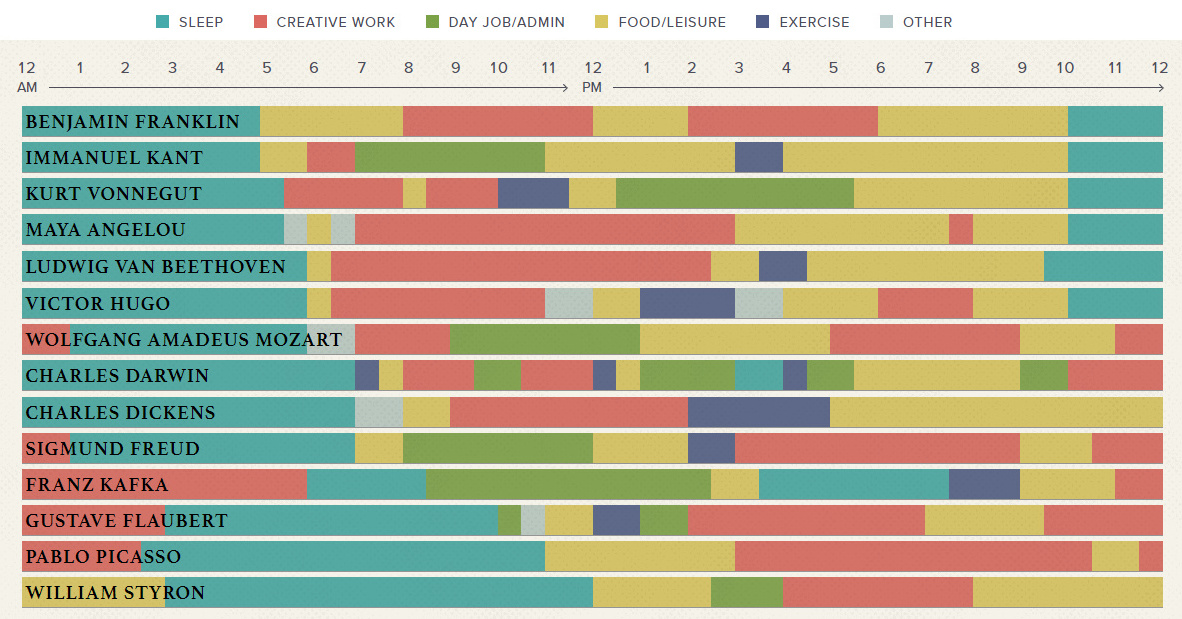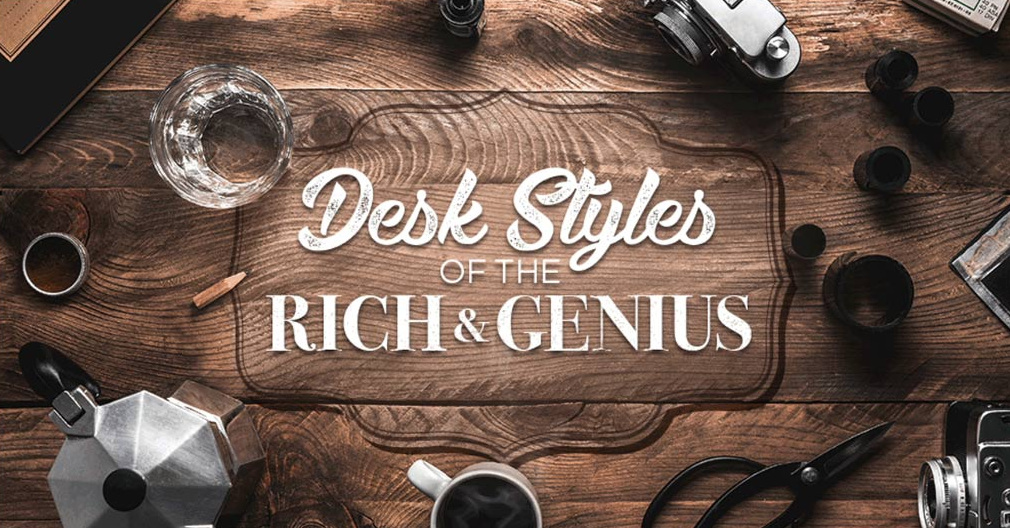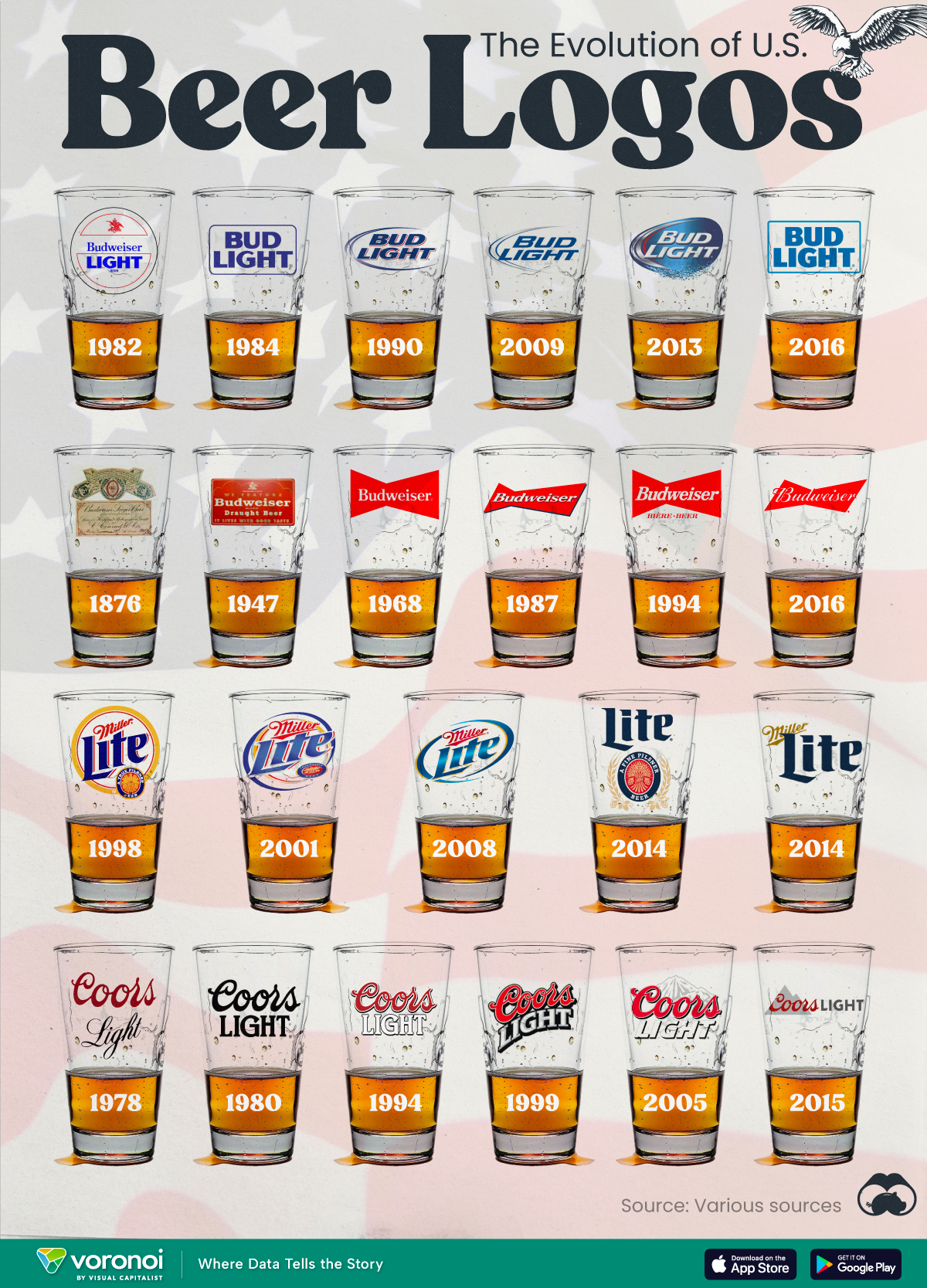Misc
Visualizing the Daily Routines of Famous Creative People
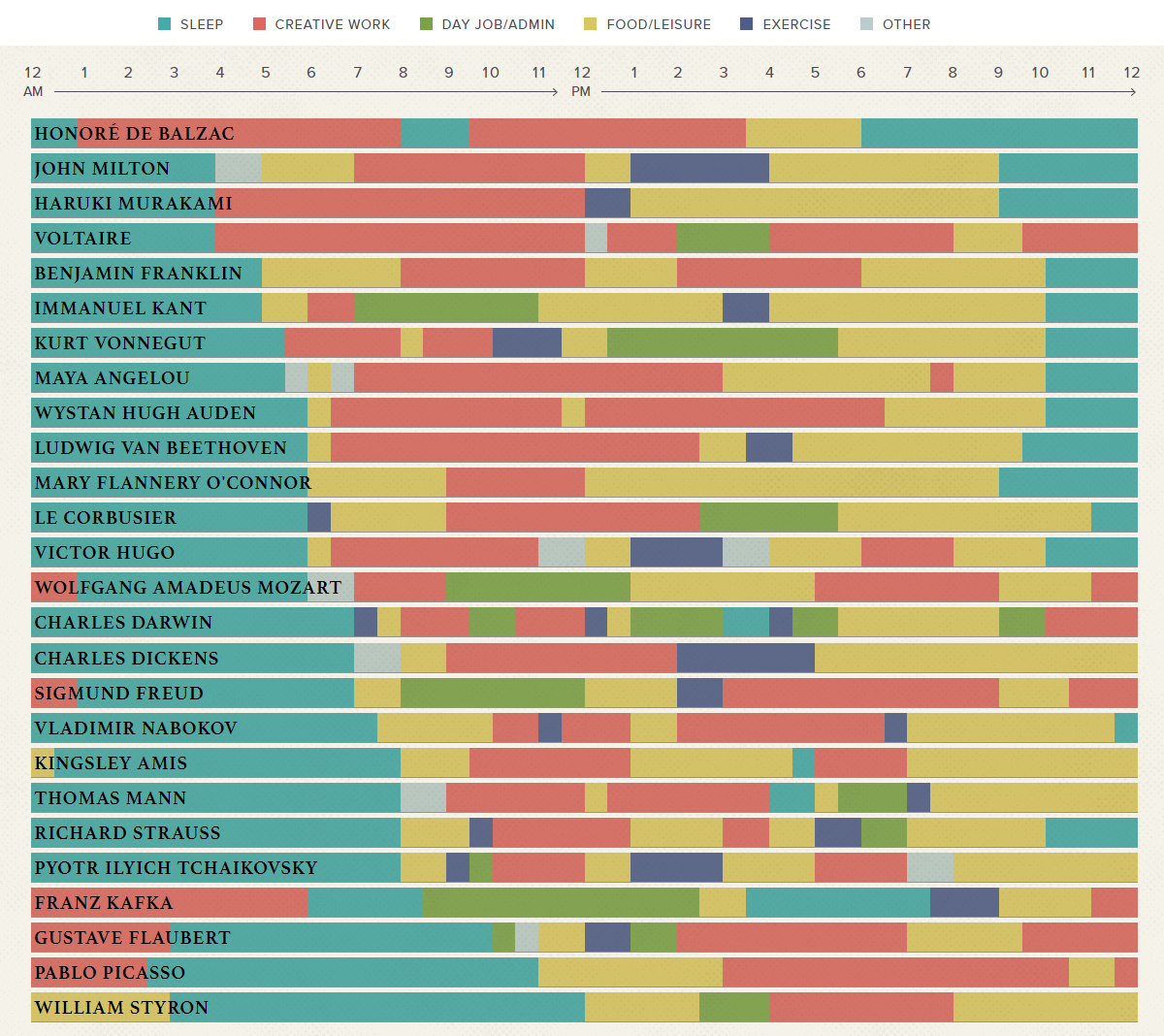
Visualizing the Daily Routines of Famous Creative People
Creative people have a reputation for circumventing convention.
After all, if creatives always did things the same way as everyone else, how could they ever produce anything original and truly unique?
While it’s not always easy to do things differently, the most famous creative people throughout history have almost always followed their own paths. The end result, thankfully for us, is a wealth of original art that has served to inspire generation upon generation.
Time Well Spent
Today’s chart comes to us from Podio and it breaks down the daily routines of famous creative people, such as Pablo Picasso, Mozart, Maya Angelou, or Benjamin Franklin.
We highly recommend the interactive version which allows you to highlight segments of the chart to see more specific details on the routines of each creative person.
It’s also worth noting that the routines listed don’t necessarily represent the exact everyday activities for the listed creatives – instead, they are representations of what’s been recorded in diaries, journals, letters, or other literature by these greats themselves.
Finally, most of the data comes from the book Daily Rituals: How Artists Work by Mason Currey.
Unconventional Habits of Creative Geniuses
Here are some of the creatives that had some of the most unusual and eccentric routines:
Ludwig van Beethoven
The famous German composer and pianist was a coffee addict, and would count exactly 60 beans for each cup of joe he consumed.
Franz Kafka
The novelist would have strong bouts of insomnia and often hallucinated. This condition shaped his creative process, and he stated in his journal that he only knew the type of writing in which “fear [kept him] from sleeping”.
Honoré de Balzac
The French novelist and playwright “[went] to bed at six or seven in the evening, like the chickens” and started working just after midnight. When he worked, he wore “Moroccan slippers” and a “notorious white monkish robe with a belt of Venetian gold”. In his defense, with this type of routine, he was able to write 85 novels in 20 years.
W.H. Auden
The English-American poet took Benzedrine – an amphetamine – every morning for 20 years as a systematic part of his routine and creative process. He balanced its use with the barbiturate Seconal, for when he wanted to sleep. He called amphetamines a “labor-saving device” that gave direct energy to his work.
Victor Hugo
The French poet, novelist, and dramatist, best known for penning Les Misérables and The Hunchback of Notre-Dame, had very busy and eclectic days.
His breakfast would include coffee and two raw eggs, and after working for a few hours in the morning, he would take an ice bath on the roof. In the afternoon, he would try to fit in a quick visit with his barber, a date with his mistress, and also some strenuous exercise. In the evening, he would write some more, and then play cards and go out with friends.
The Reputation Lives On
Rightfully or wrongfully deserved, the reputation of creative geniuses for doing things differently is something that will likely continue to live on – and the rest of the world will likely pass judgement so long as they continue to receive the fruits of their labors.
Misc
The Evolution of U.S. Beer Logos
In this graphic, we analyze the evolution of popular U.S. beer logos like Budweiser, Coors Light, Bud Light, and more.
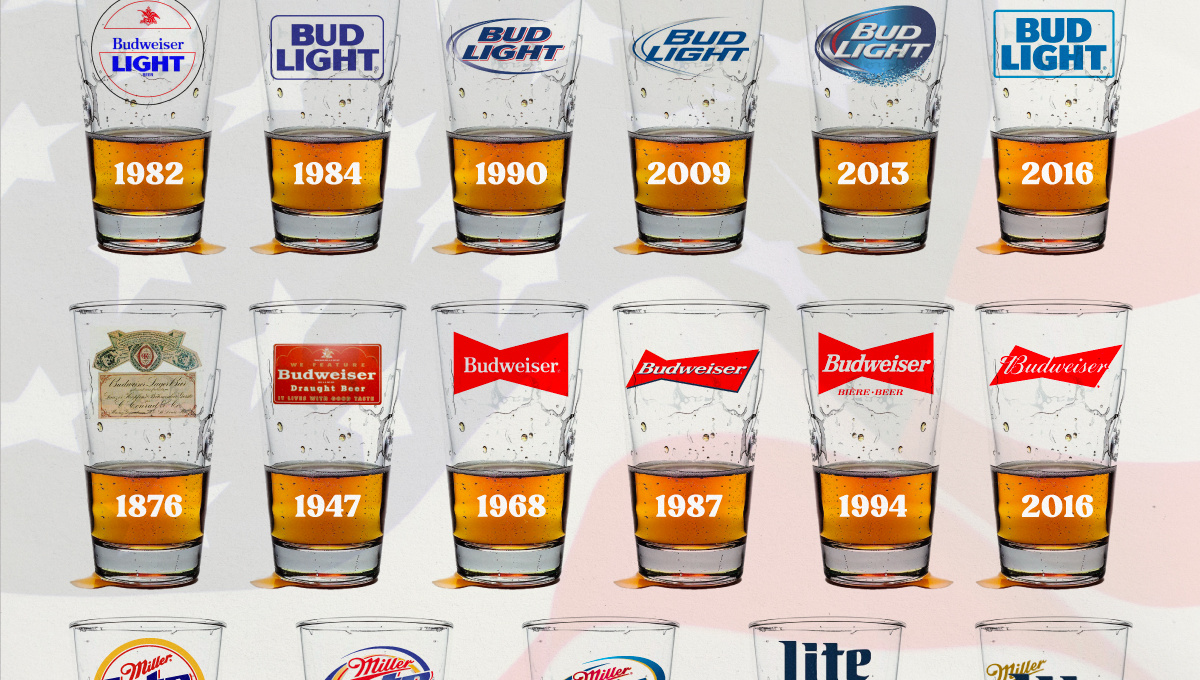
The Evolution of U.S. Beer Logos
This was originally posted on our Voronoi app. Download the app for free on iOS or Android and discover incredible data-driven charts from a variety of trusted sources.
Despite selling a popular product, beer companies have to be creative to stand out in a competitive market.
In this graphic, we analyze the evolution of some U.S. beer logos based on various sources. We chose brands based on a mixture of criteria, including popularity (based on YouGov surveys), availability of logo assets, and those with interesting developments.
Bud Light Back to the ’80s
Despite recent backlash and calls for a boycott after sending a commemorative can to transgender influencer Dylan Mulvaney, Bud Light remains one of America’s best-selling beers.
The brand of light beer, owned by the Anheuser-Busch company, has switched from its more circular logo with italic letters adopted in the 1990s back to the Bud Light badge of the 1980s. It is composed of heavy uppercase lettering, written in two levels in a shade of blue with the inscription placed on a solid white background and enclosed in a thin rectangular frame.
Miller Lite Goes Old School
After following a similar approach to Bud Light’s branding throughout the 2000s, Miller Lite decided to undergo a major rebranding in 2014.
The company returned to its 1970s roots, once again combining a white can with its original blue, gold, and red logo. The redesign was largely considered a success, given that Miller Lite sales immediately increased following the change.
A Symbol of American Brewing
The oldest brand on our U.S. beer list, the Budweiser logo, has undergone more than 15 changes over the years.
The design of two connected triangles represents a red bow tie, as a symbol of American brewing.
The colors of the Budweiser logo include a vibrant red, which helps the logo stand out and be easily recognizable from a distance. Studies also suggest that the color red stimulates appetite. Meanwhile, the white inscription symbolizes purity and cleanliness.
Curious to learn more about the beer market? Check out this graphic about global beer consumption.
-

 Economy7 days ago
Economy7 days agoRanked: The Top 20 Countries in Debt to China
-

 Demographics2 weeks ago
Demographics2 weeks agoThe Countries That Have Become Sadder Since 2010
-

 Money2 weeks ago
Money2 weeks agoCharted: Who Has Savings in This Economy?
-

 AI2 weeks ago
AI2 weeks agoVisualizing AI Patents by Country
-

 Economy2 weeks ago
Economy2 weeks agoEconomic Growth Forecasts for G7 and BRICS Countries in 2024
-

 Wealth2 weeks ago
Wealth2 weeks agoCharted: Which City Has the Most Billionaires in 2024?
-

 Technology1 week ago
Technology1 week agoAll of the Grants Given by the U.S. CHIPS Act
-

 Green1 week ago
Green1 week agoThe Carbon Footprint of Major Travel Methods

